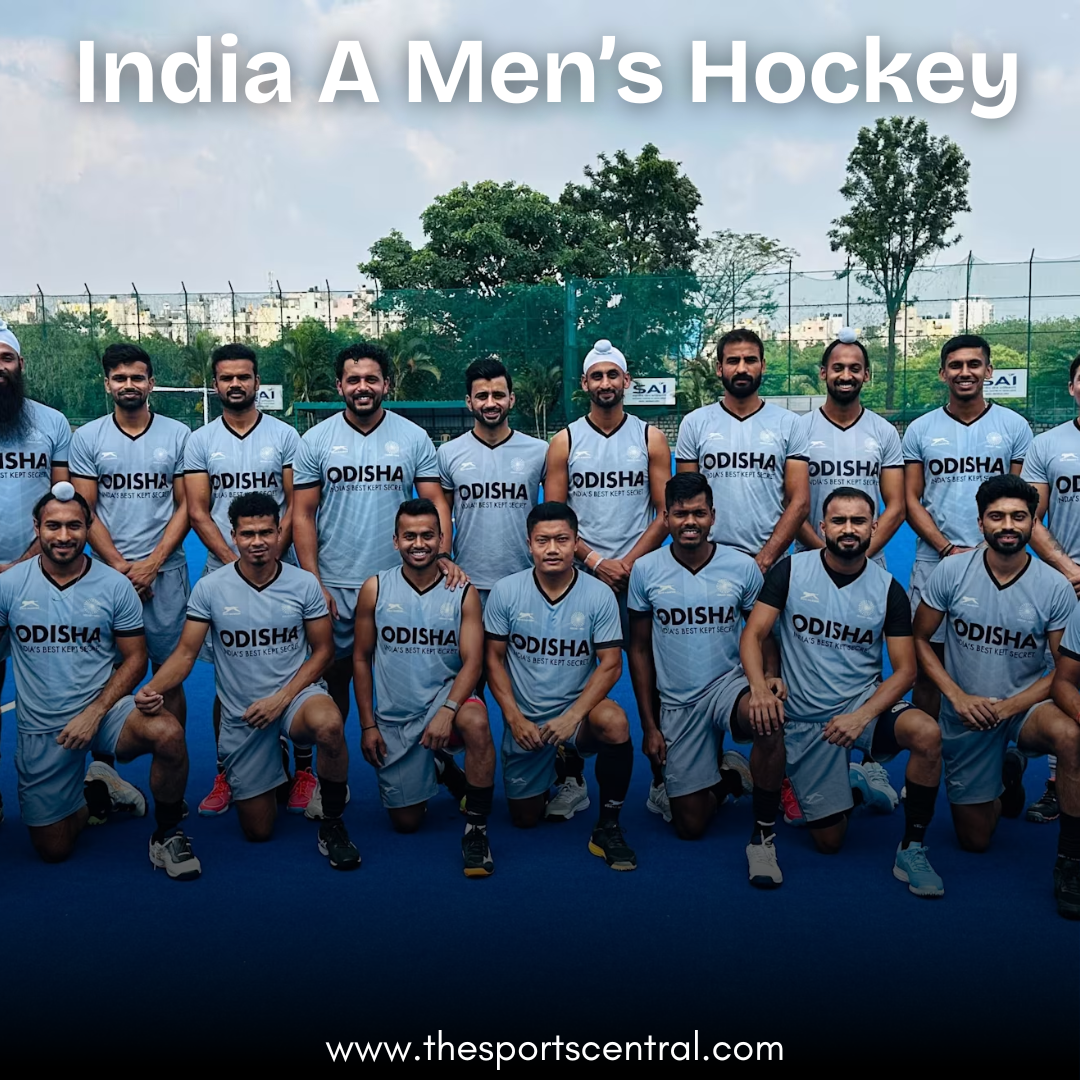FIFA has announced a groundbreaking development in women’s football with the introduction of two new global club competitions: the FIFA Women’s Club World Cup and the FIFA Women’s Champions Cup. These tournaments are set to revolutionize women’s club football by providing a platform for elite teams from around the world to compete at the highest level.
The FIFA Women’s Club World Cup will make its debut in 2028 and will be held every four years (quadrennial), featuring the best clubs from different confederations. Meanwhile, the FIFA Women’s Champions Cup will kick off in 2026, running annually and featuring the six winners of continental club competitions in the years when the Women’s Club World Cup does not take place. These tournaments mark a significant step forward in elevating the status of women’s club football globally.
Significant Developments in Women’s Club Football
The FIFA Women’s Club World Cup and FIFA Women’s Champions Cup will bring increased visibility, competition, and prestige to women’s club football. Some of the key developments include:
- Global Representation: The introduction of the Women’s Club World Cup ensures that clubs from all six continental confederations (AFC, CAF, Concacaf, CONMEBOL, OFC, and UEFA) will have the opportunity to compete on an international stage.
- Increased Competitive Exposure: Top women’s clubs will now have more opportunities to play against the best teams from other regions, fostering growth and raising the standard of club football.
- Commercial Growth: With FIFA’s backing, these competitions are expected to attract more sponsorship, media coverage, and financial investments, further professionalizing the women’s game.
- Pathway to Global Glory: The Women’s Champions Cup will provide an additional pathway for continental champions to earn a spot in the Women’s Club World Cup, ensuring year-round competitive football at the highest level.
FIFA Women’s Club World Cup (2028) – Format and Structure
Tournament Format
The inaugural FIFA Women’s Club World Cup 2028 will feature 19 clubs and will be conducted in three main stages:
- Play-In Phase:
- Six teams will compete in a preliminary round.
- Three winners from this stage will advance to the group stage.
- Group Stage:
- The 16 remaining teams (13 direct entrants + 3 play-in winners) will be divided into four groups of four teams each.
- Each team will play a round-robin format, facing every team in their group once.
- The top two teams from each group will progress to the knockout rounds.
- Knockout Stage:
- The quarterfinals will feature the eight teams that advanced from the group stage.
- The tournament will continue with semifinals, a third-place match, and the final to determine the world’s best women’s club.
Slot Allocation for the 2028 FIFA Women’s Club World Cup
FIFA has structured the tournament to ensure fair representation from all confederations. The slot distribution for the inaugural Women’s Club World Cup is as follows:
- AFC (Asia): 2 direct slots, 1 play-in slot
- CAF (Africa): 2 direct slots, 1 play-in slot
- Concacaf (North & Central America): 2 direct slots, 1 play-in slot
- CONMEBOL (South America): 2 direct slots, 1 play-in slot
- UEFA (Europe): 5 direct slots, 1 play-in slot
- OFC (Oceania): 1 play-in slot
These allocations reflect FIFA’s commitment to creating a diverse and inclusive global competition while recognizing the dominance of European clubs in the current women’s football landscape.
FIFA Women’s Champions Cup (2026) – A New Annual Global Tournament
Tournament Overview
The FIFA Women’s Champions Cup will serve as an annual global club competition featuring the champions of each continent’s club tournaments. This event will take place in the years when the FIFA Women’s Club World Cup is not scheduled.
- Number of Teams: 6 (Winners of each confederation’s club competition)
- Format: The teams will compete in a knockout-style tournament, with a group or round-robin stage potentially introduced in future editions.
- Purpose: The Women’s Champions Cup aims to enhance international club competition and provide an additional opportunity for women’s teams to gain global exposure.
Why These Tournaments Matter for Women’s Football
The introduction of the FIFA Women’s Club World Cup and Women’s Champions Cup is a transformative step for the women’s game, and it carries several crucial benefits:
1. Development of Women’s Club Football
- Currently, women’s club football has limited international exposure beyond continental tournaments.
- These competitions will provide elite clubs with more competitive opportunities against diverse opponents.
- It will also encourage clubs worldwide to improve their infrastructure, coaching, and player development.
2. Greater Commercial Appeal and Investment
- FIFA’s global competitions have a history of attracting significant sponsorship and broadcast deals.
- These new tournaments will bring increased visibility to women’s football, resulting in more financial backing for clubs and players.
- The commercialization of these events could lead to increased salaries, better training facilities, and enhanced media coverage for women’s teams.
3. Encouragement for Emerging Markets
- Women’s football is still growing in many parts of the world, especially in Africa, Asia, and Oceania.
- By providing club teams from these regions with a global platform, FIFA aims to encourage further investment in women’s football development.
- The tournaments will inspire young female players to pursue professional careers in club football.
4. Elevating the Quality of Women’s Football Globally
- Exposure to different playing styles, coaching techniques, and tactical strategies will help develop a more competitive global football landscape.
- Clubs will be motivated to enhance their scouting networks, invest in youth academies, and bring in top talents from around the world.
- The increased level of competition will raise the overall standard of women’s club football, bridging the gap between various continents.
Looking Ahead: What’s Next for Women’s Club Football?
With FIFA’s commitment to growing the women’s game, these new competitions are expected to bring about a new era of professionalism, commercial success, and global recognition for women’s club football.
Some key factors to watch out for:
- Venues and Host Nations: FIFA will need to decide which countries will host these prestigious tournaments.
- Club Eligibility and Qualification Pathways: More details will emerge on how clubs qualify, especially in confederations with multiple strong teams.
- Media Rights and Sponsorships: Increased viewership and engagement could lead to major broadcasting deals and sponsorship investments.
- Growth of Domestic Leagues: With a higher international standard, domestic women’s leagues worldwide will need to improve their infrastructure to remain competitive.
As women’s football continues to grow, these tournaments represent a historic opportunity to establish a truly global, competitive club structure. Fans, players, and stakeholders alike will be eagerly anticipating the first FIFA Women’s Club World Cup in 2028 and the inaugural FIFA Women’s Champions Cup in 2026.
The future of women’s club football is here, and the journey has only just begun.










